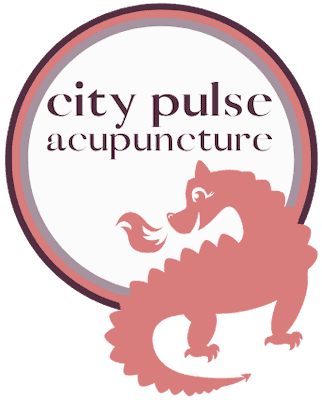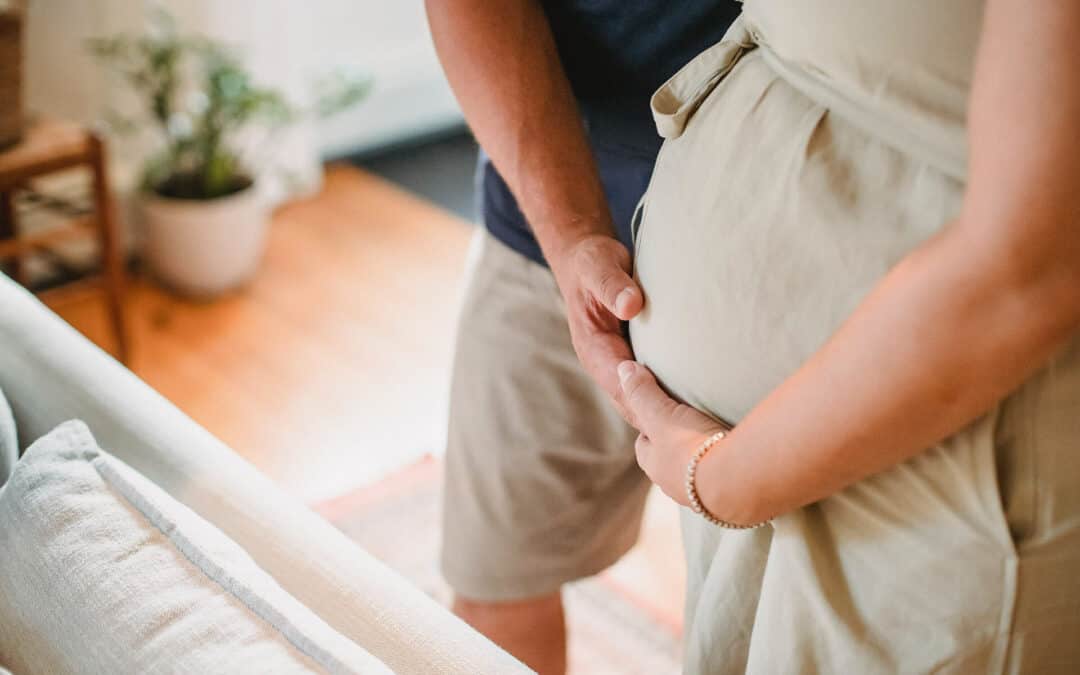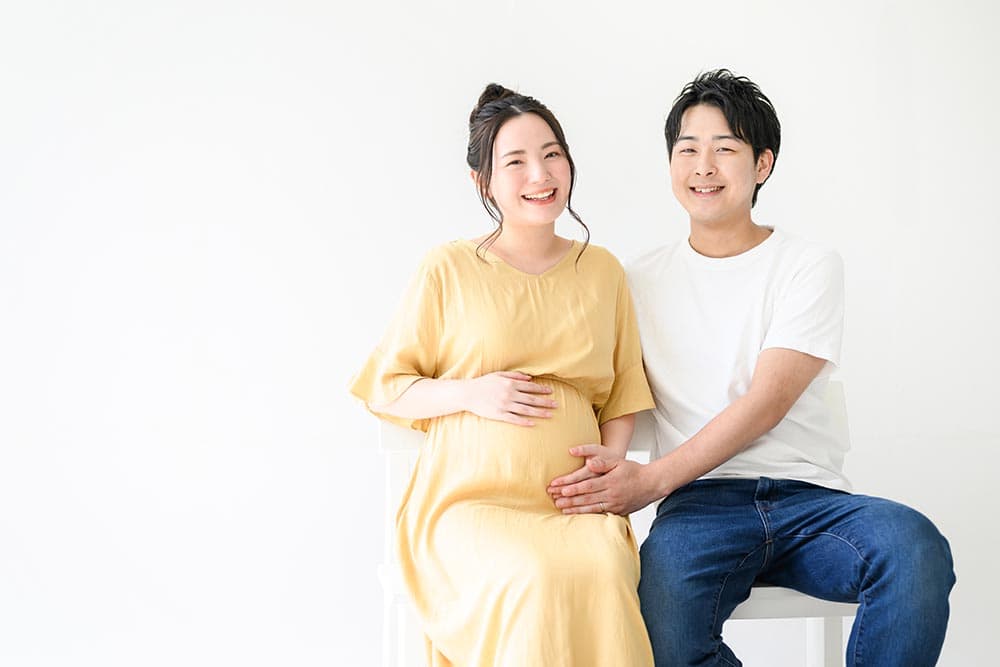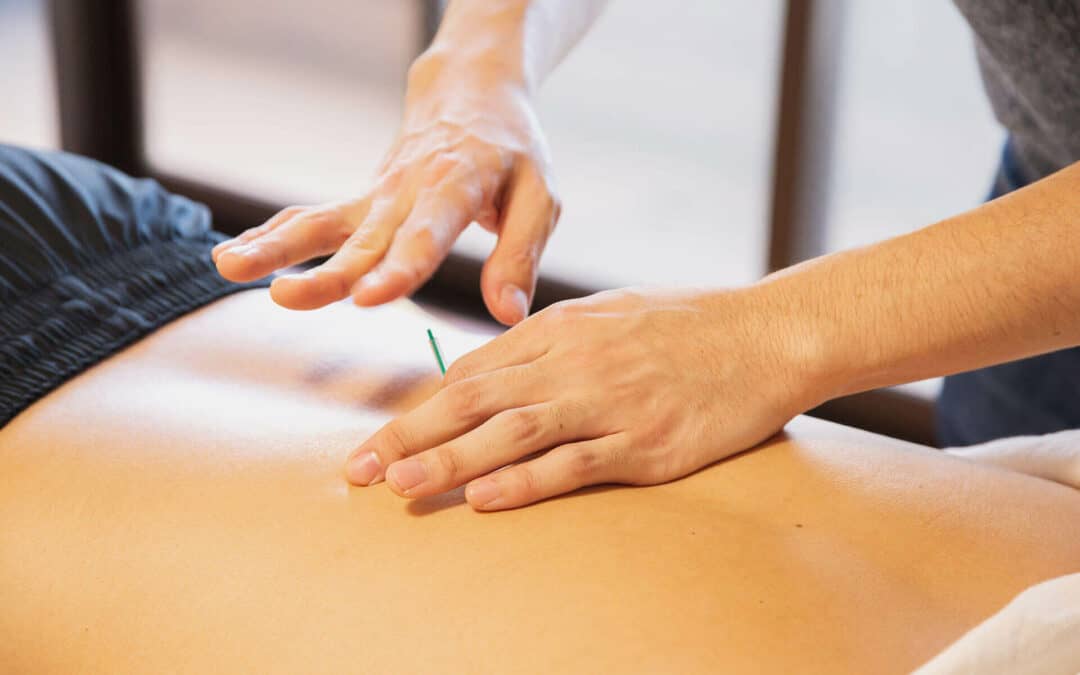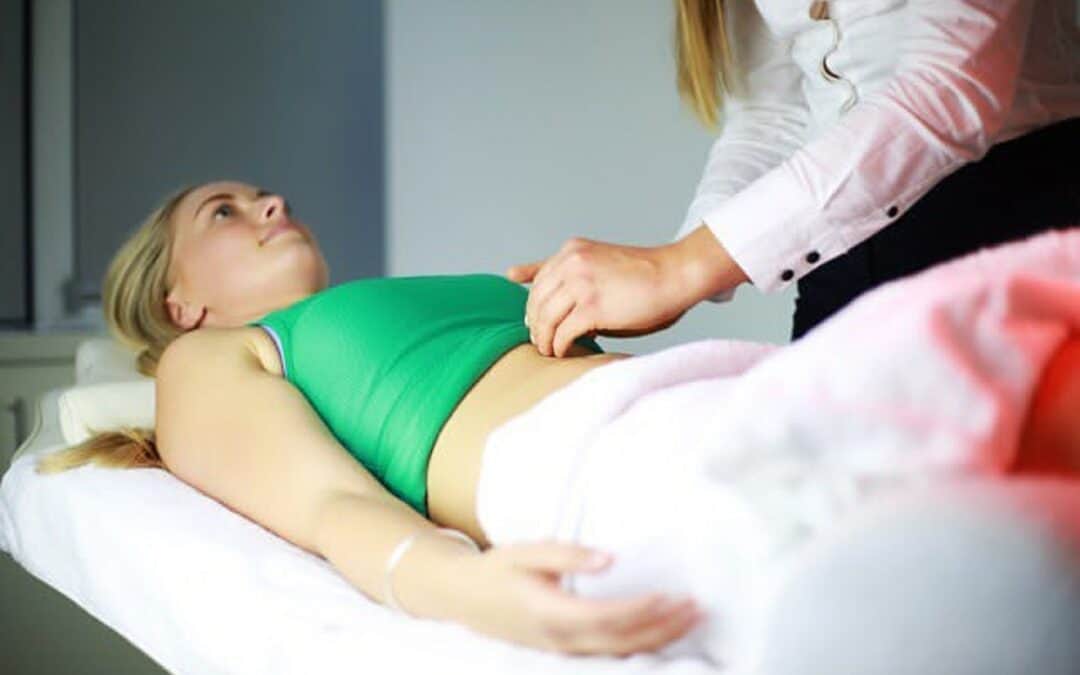Acupuncture and acupressure can play important roles in supporting comfort and addressing pain in women during labor. Rooted in Traditional Chinese Medicine, these complementary approaches help reduce labor pain and duration, ease tension, and promote relaxation throughout the birthing process. Many women include them in their birth plan to encourage a calmer, more balanced experience and reduce perceived labor pains. Applying acupressure at specific points, such as LI4 and SP6, may help alleviate pain and shorten labor. Research shows that acupuncture can also aid pain management and reduce use of medical interventions, allowing patients to experience a greater sense of control in labor.
How Do Acupuncture and Acupressure Support Pain Relief in Labor?
Acupuncture during labor uses very fine needles to stimulate specific points that regulate the body’s energy flow, while acupressure applies gentle pressure to those same points without needles. Both techniques can influence contractions, reduce tension, and promote a sense of calm. As non-invasive methods of pain management in labor, they offer alternatives to medical interventions while still supporting your birthing experience.
Key Benefits of Acupuncture and Acupressure During Labor
| Goal | How Acupuncture and Acupressure Support It |
| Promote efficient contractions | Encourage uterine strength and coordination to support steady labor progress. |
| Reduce pain | Stimulate endorphin release, helping the body manage discomfort naturally. |
| Support relaxation | Calm the nervous system and reduce anxiety between contractions. |
| Enhance cervical dilation | Encourage softening and opening of the cervix for smoother progression. |
| Improve fetal positioning | Help the baby settle into an optimal position for delivery. |
| Maintain energy | Support circulation and stamina during longer labors. |
These effects often work together to create a more manageable and focused labor experience.
When to Use Acupuncture or Acupressure During Pregnancy and Labor
Acupuncture can be started in the final weeks of pregnancy to prepare the body for labor. Once labor begins, both acupuncture and acupressure can be used safely at home, in a birth center, or in a hospital.
Acupressure, in particular, is a valuable option during labor for those who prefer a hands-on, but non-invasive approach to pain relief. Partners or support people can be taught how to apply acupressure effectively under the guidance of a trained practitioner. The effects of SP6 acupressure and LI4 acupressure on labor pain have been studied, showing potential benefits in pain relief.
Common Acupressure Points for Labor
Acupressure focuses on specific points known to encourage contractions, ease pain, and support calm breathing.
- LI4 (Hegu): Located between the thumb and index finger. Helps reduce contraction pain and supports uterine activity.
- SP6 (Sanyinjiao): Found above the inner ankle. Encourages cervical ripening and supports consistent contractions.
- GB21 (Jianjing): Located at the top of the shoulder. Helps release upper body tension and promotes downward movement during labor.
- BL32 (Ciliao): In the sacral area of the lower back. Eases back pain and supports pelvic opening.
The effect of acupressure applied through steady, rhythmic pressure to these points during contractions can make a noticeable difference in pain management in labor.
Safety and Coordination with Medical Care
When performed by a licensed practitioner trained in obstetric acupuncture, treatment during labor is considered safe and can be used alongside medical care. Acupuncture and acupressure are compatible with both medicated and unmedicated births, including those involving epidurals or inductions.
Clients should always inform their care team that they plan to use these methods during labor. This collaboration ensures that both traditional and medical approaches work together safely and effectively.
What to Expect from Labor Support Sessions
A labor-focused acupuncture session typically lasts 30 to 60 minutes. The treatment may focus on relaxation, reducing labor pain and duration, or strengthening contractions. Acupressure may be used during or between contractions, either by the practitioner or a support person. Many clients report feeling more centered, focused, and less overwhelmed after treatment.
Compassionate Support at City Pulse Acupuncture
At City Pulse Acupuncture, we specialize in fertility acupuncture, prenatal acupuncture, and Traditional Chinese Medicine for reproductive and overall health. Labor support is a natural extension of this care, helping each client move through the birthing process with comfort and confidence.
Our treatments are customized for your body’s needs and can include partner education on safe and effective acupressure techniques. Whether you are preparing for labor or already in its early stages, acupuncture and acupressure can provide meaningful relief and steady support.
To learn how acupuncture and acupressure can bring greater comfort, calm, and support during labor, schedule an appointment with City Pulse Acupuncture to begin planning your personalized care.
Common Questions About Acupuncture and Acupressure for Pain Relief During Labor
Is acupuncture painful during labor?
The needles used in acupuncture are very thin and typically cause little to no discomfort. Some clients feel a mild tingling or heaviness that fades quickly.
Can acupressure replace acupuncture?
Acupressure can be a helpful alternative or complement to acupuncture, especially in settings where needles cannot be used. While it may not be as strong in effect, it provides valuable support for pain relief and relaxation.
Can these methods be used with an epidural or induction?
Yes. Acupuncture and acupressure can be used safely alongside epidurals, inductions, or other medical interventions. They can help manage discomfort and encourage progress without interfering with medical care.
How can my partner learn to use acupressure during labor?
Your acupuncturist can demonstrate key points and techniques during prenatal sessions. Learning these ahead of time helps partners feel confident using them during labor.
When should I begin acupuncture for labor preparation?
Beginning weekly sessions around week 36 or 37 helps the body prepare for labor, supporting smoother progression once contractions begin.
What are the benefits of acupuncture during labor?
Studies have shown that acupuncture may reduce pain and duration of labor, leading to a more positive birth experience.
How does acupressure affect labor pain management?
Acupressure applied to specific points may reduce labor pain intensity and increase satisfaction with pain management in general, without the use of needles.
Is there evidence that acupuncture is effective during labor?
Research has compared acupuncture to no treatment and found that it can effectively reduce labor pain in women. Additionally, acupuncture may help decrease the use of medical interventions like epidurals.

